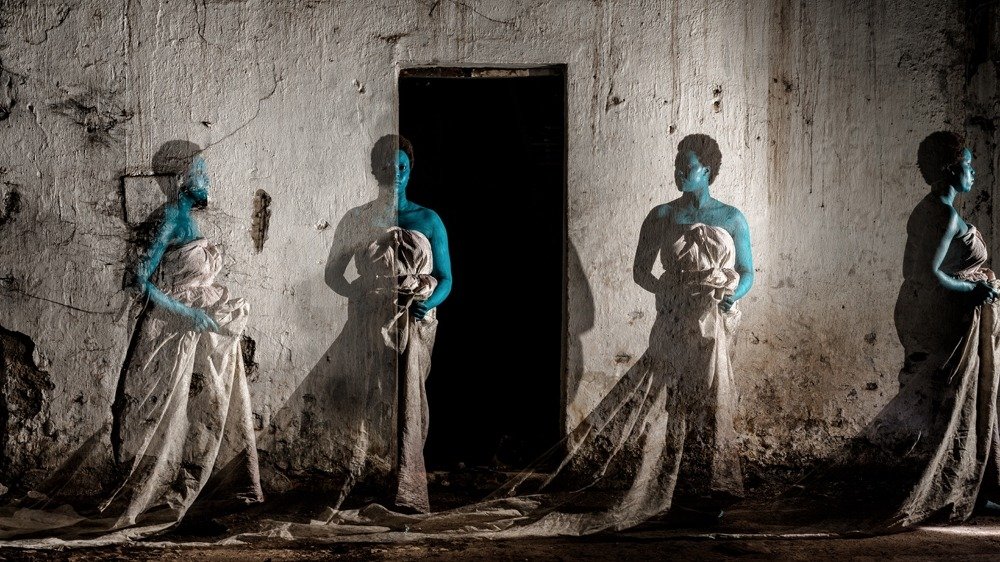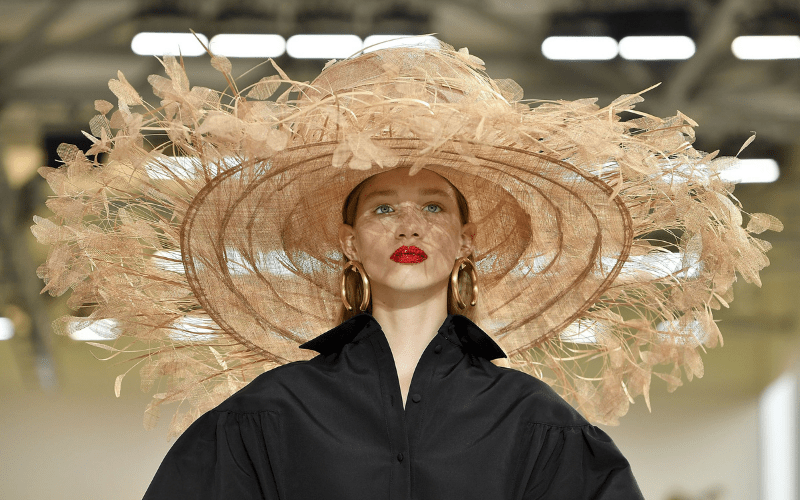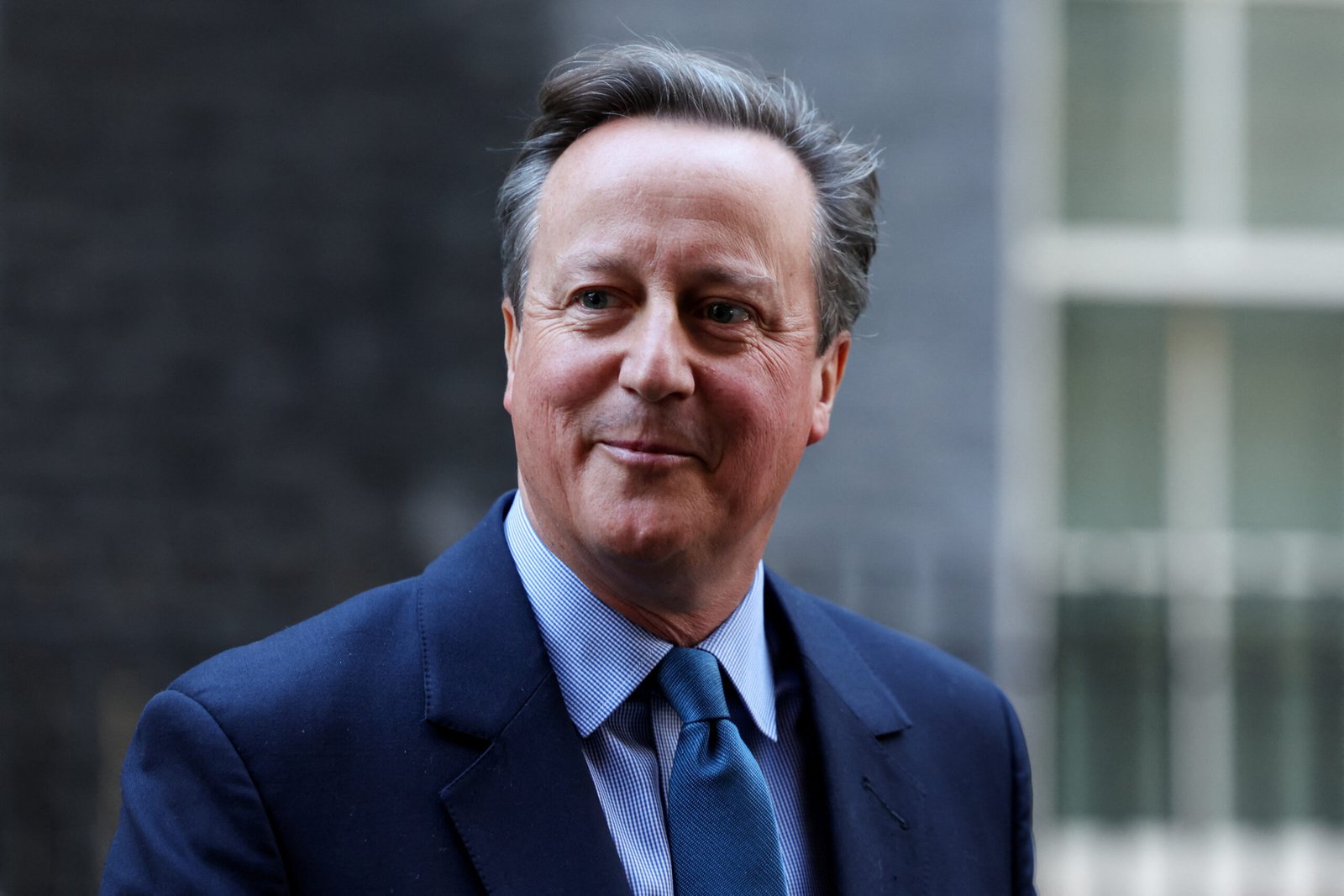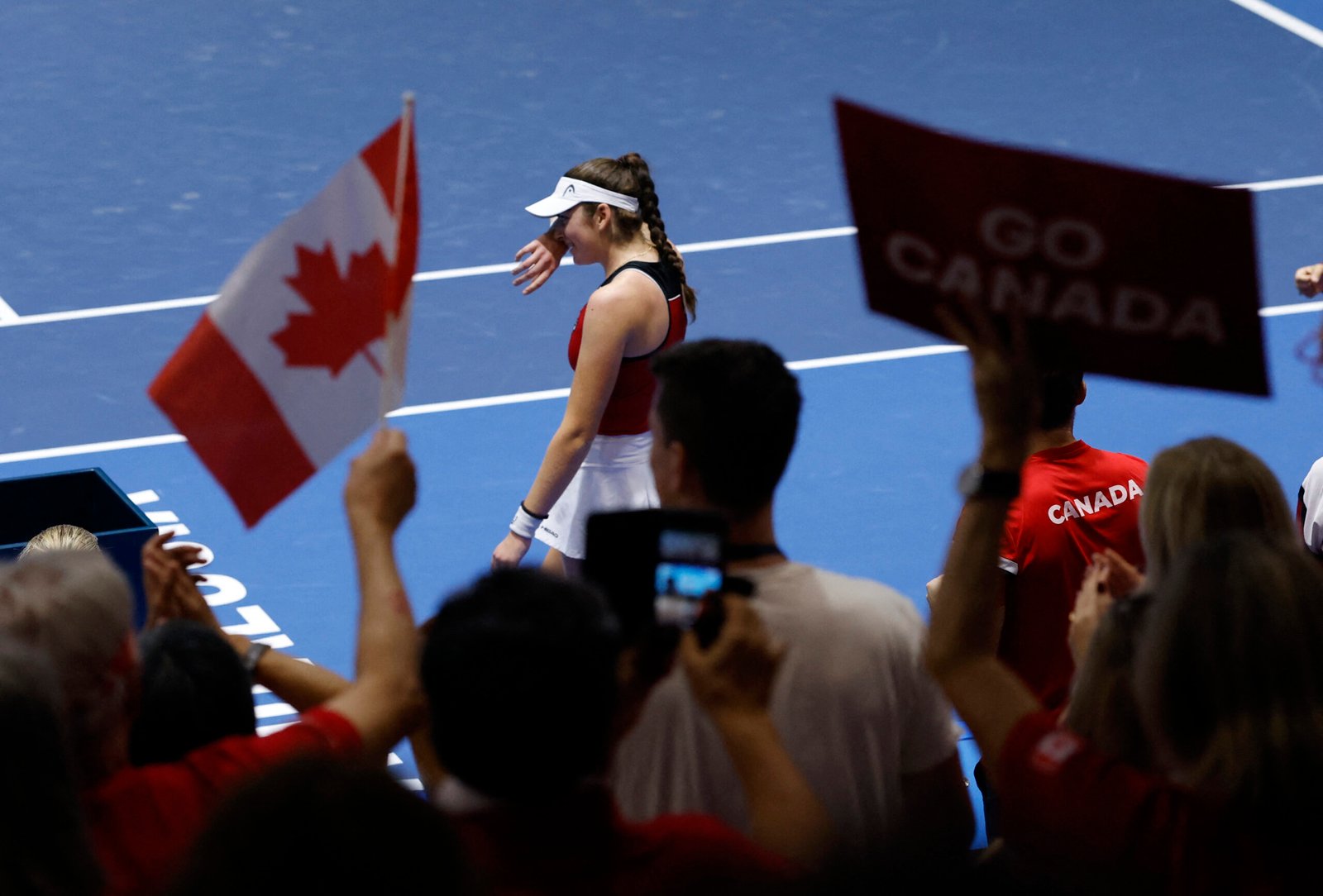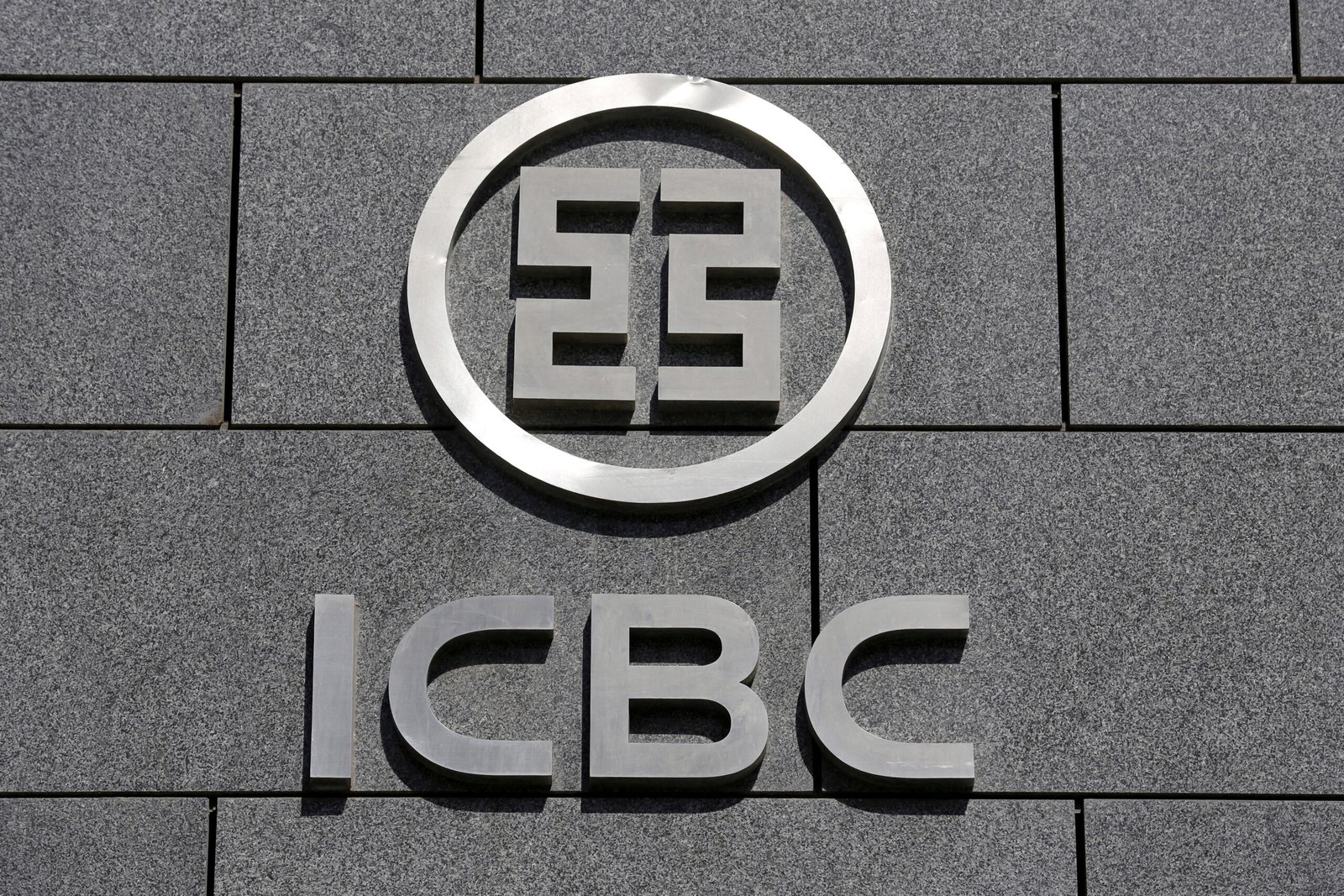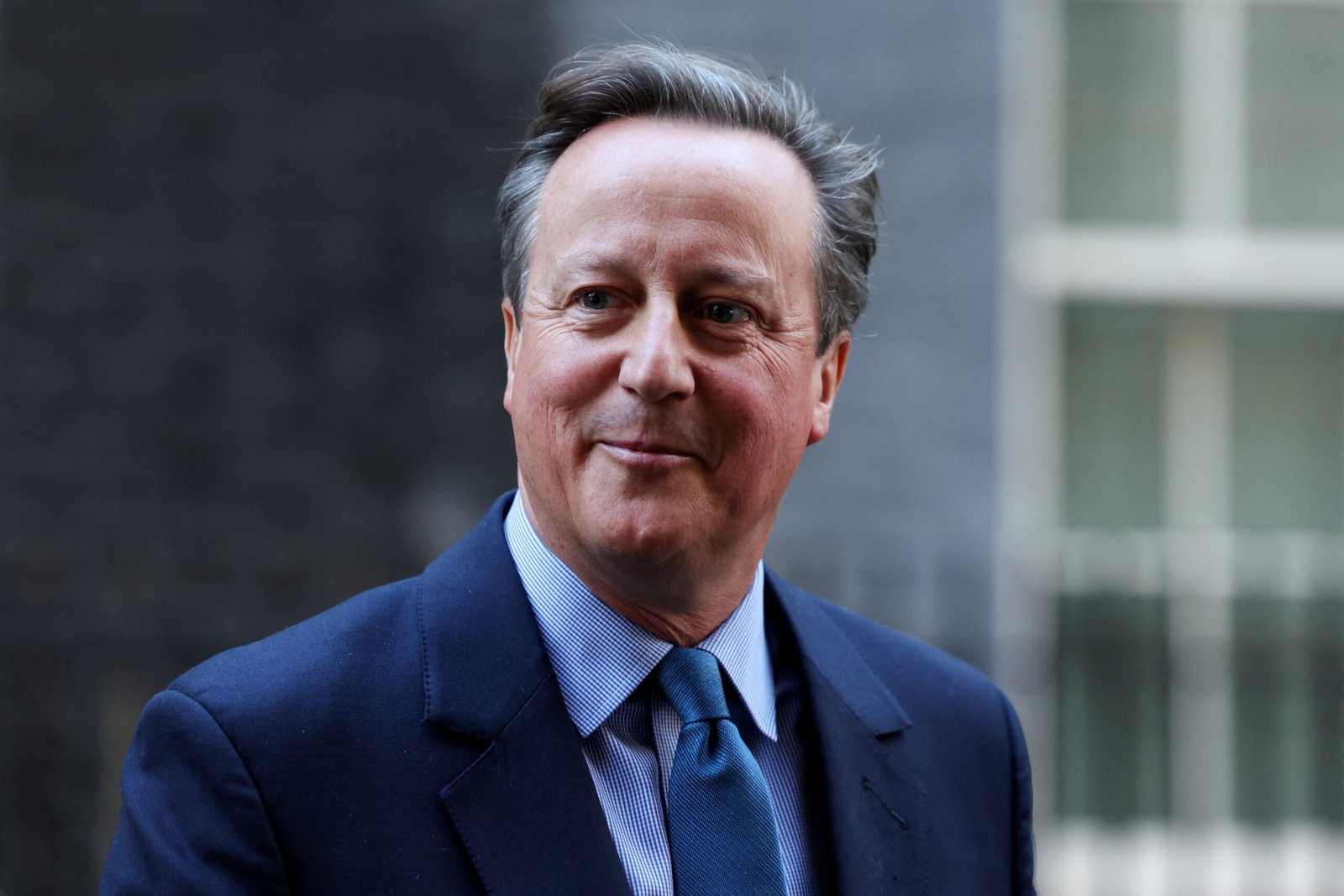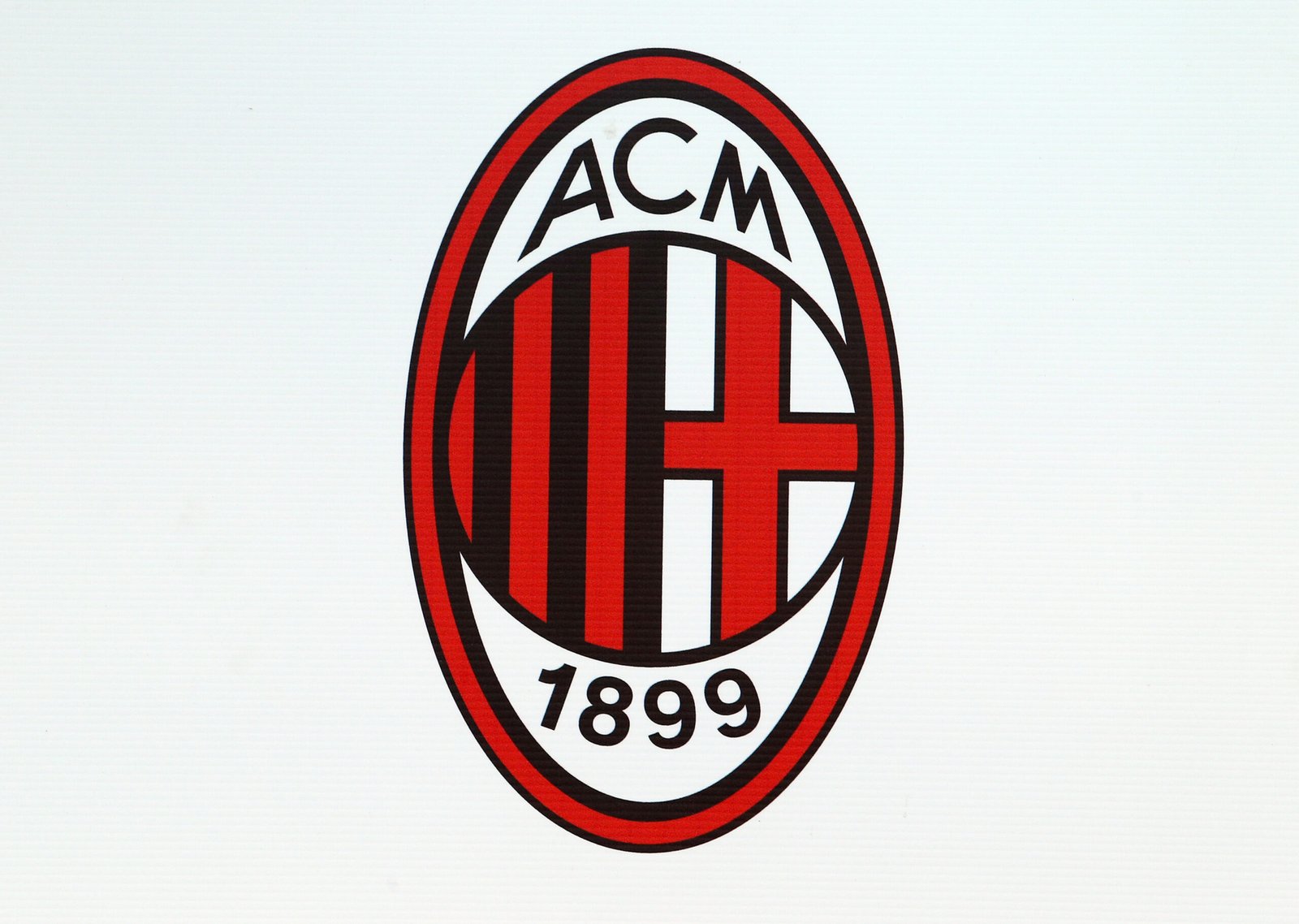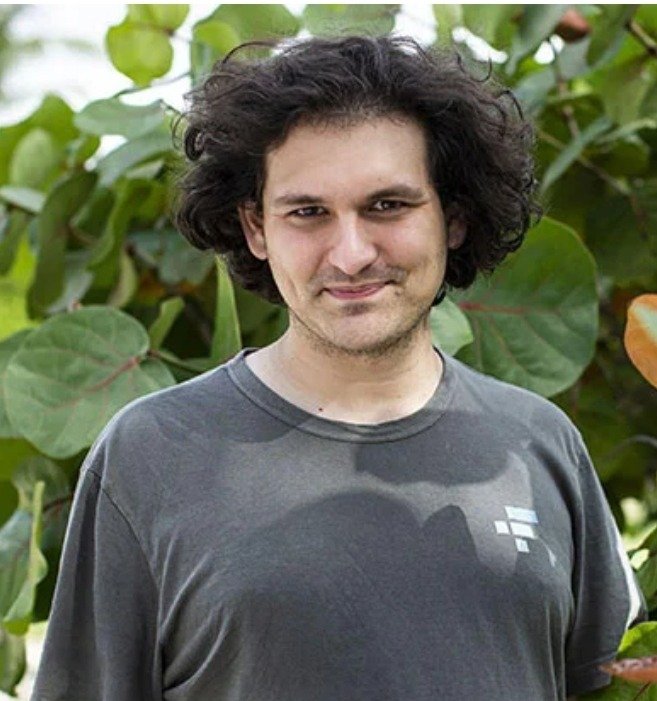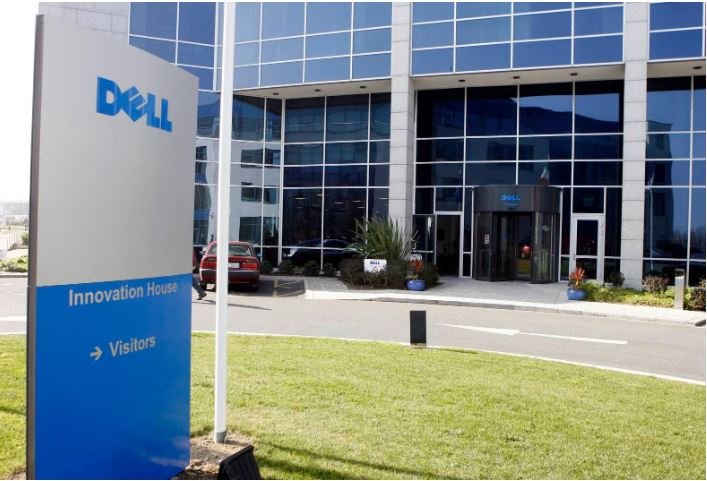Cécile Fakhoury uncovered a number that astonished and troubled her about the same time in 2017 that French President Emmanuel Macron announced that repatriation of African antiquities from French museums would be a “top priority” for his government: International collectors accounted for over 90% of her sales at her gallery in Abidjan, Ivory Coast.
Given that her motivation for opening Galerie Cécile Fakhoury was to market West African contemporary art to regional collectors and contribute to developing a local art scene, she felt that history was repeating itself.
“When I got this number, I was thinking, ‘No, it’s not possible,’” the 37-year-old Frenchman remarked through a video call from Abidjan recently. “At the outset, my ambition was to build a platform in Ivory Coast, West Africa, and across the continent.” To create something from the continent for the continent, for the artists who live and work there, and it was unbalanced at this time.”
Ms. Fakhoury realized she wanted to “find another way” to work after participating in international art fairs since founding her gallery in 2012. So, in 2018, she created an outpost in Dakar, Senegal, a city with a rich cultural infrastructure, including the famous Dak’Art Biennale of Contemporary African Art.
Ms. Fakhoury was able to meet a lot of West African art collectors due to the expansion, which helped to “balance a little better our turnover.” She added that it was also ideal timing because many collectors throughout the continent were evaluating their holdings.
“It was quite local,” she explained, “with Moroccan collectors buying Moroccan artists, Nigerian collectors collecting Nigerian artists, and South Africans collecting South Africans.” “However, I noticed that collectors were becoming more organized, more open, and beginning to gather from beyond their countries, which is significant.”
Ms. Fakhoury’s ability to reconcile remaining grounded in the local art scene while extending back into the global art market has come to signify a lot to her collectors and artists. This week she’s launching her new gallery in Paris with a show called “Un pied Sur Terre,” which will feature rising artists like Elladj Lincy Deloumeaux and Marie-Claire Messouma Manlanbien, as well as well-established artists like Ouattara Watts and Jems Koko Bi. For the third time, she will participate in FIAC, the Foire Internationale d’Art Contemporain.
In an email, Bassam Chatou, a renowned Senegalese collector, commented, “It indicates that a young gallery, founded just 10 years ago, can establish itself at the same level of ambition and quality as the mastodons of the sector [such as] Gagosian or Perrotin.” Furthermore, “It’s critical that the aesthetic canons that will determine what constitutes tomorrow’s African classics emanate from the continent itself, rather than being dictated by huge Western galleries.”
Ms. Fakhoury will showcase the work of Senegalese artist Cheikh Ndiaye, who will have his first solo show in Europe at FIAC. Mr. Ndiaye, who works in Dakar and New York, said her aim to create an important international gallery based in Africa originally drew him to her gallery.
“I also loved the idea of having my first gallery be African,” he stated in an email, “and that I could approach the worldwide art world from the African continent rather than the other way around, as is normally the case.”
With her ratios rebalanced — 40% of her collectors are from Africa, 60% from abroad — it felt like the proper time to branch out outside Africa. This follows the establishment of a project space in Abidjan last year, dedicated to more emerging artists and large-scale nonprofit installations.
Alicia Knock, a curator of contemporary art and research at the Pompidou Center in Paris, remarked, “She is thinking long term with her interests.” “While she is creating this location in Paris, it is not the focal point of her work, which is to develop a plan in West Africa and grow what she is doing.”
Ms. Fakhoury is no stranger to the Paris art scene, having grown up immersed in it. Her parents own and operate Hervé Peron, a modern art gallery, and she spent most of her childhood visiting museums and auction houses. She performed work placements at galleries including David Zwirner and Chantal Crousel after earning a master’s degree in art studies at the Institut d’Études Supérieures des Arts. She and her husband, whose father is the well-known Lebanese-Ivorian architect Pierre Fakhoury, came to Abidjan in 2011. That was a great way to get a feel for the country’s art scene.
Read more:
Ivory Coast was nearing the conclusion of a second civil war, and the idea of building an art gallery “came to her very quickly and very clearly” as she saw an “opportunity to develop something around art.”
She claimed that there is nothing measurable about how she chooses which musicians to collaborate with. “I’m looking for a strong enough voice,” she said, adding that she was expanding her network of artists to include musicians from other parts of Africa — and the diaspora — such as Kenyan Jess Atieno and Algerian Dalila Dalléas Bouzar. “I’m constantly asking myself, ‘What would I think of this work after 15 years?’ ‘What will it be like in 40 years?’
When Simon Njami, an independent curator and critic who directed Dak’Art’s 2016 biennale, heard that Ms. Fakhoury was opening a gallery in Abidjan, he thought it was “quite courageous.” In an email, he continued, “Cécile is intuitive.” “She works with people whose work she admires, which is why she can stand up for them so vehemently.”
Ms. Fakhoury’s commitment to the local and regional art scene has garnered her a legion of fans who want to see the West African artistic infrastructure flourish. Ms. Fakhoury has been described as an “excellent partner for this mission” of rewriting the narrative on African art by Franck Hermann Ekra, an independent art critic and curator based in Abidjan and Paris.
“She works in an area where an art system does not support artists; there are no reviews, no museums, and when you open a gallery in such a system, you have to make up for that lack of infrastructure,” he explained. “You have to make people realize in their minds and hearts that those items are theirs.”

